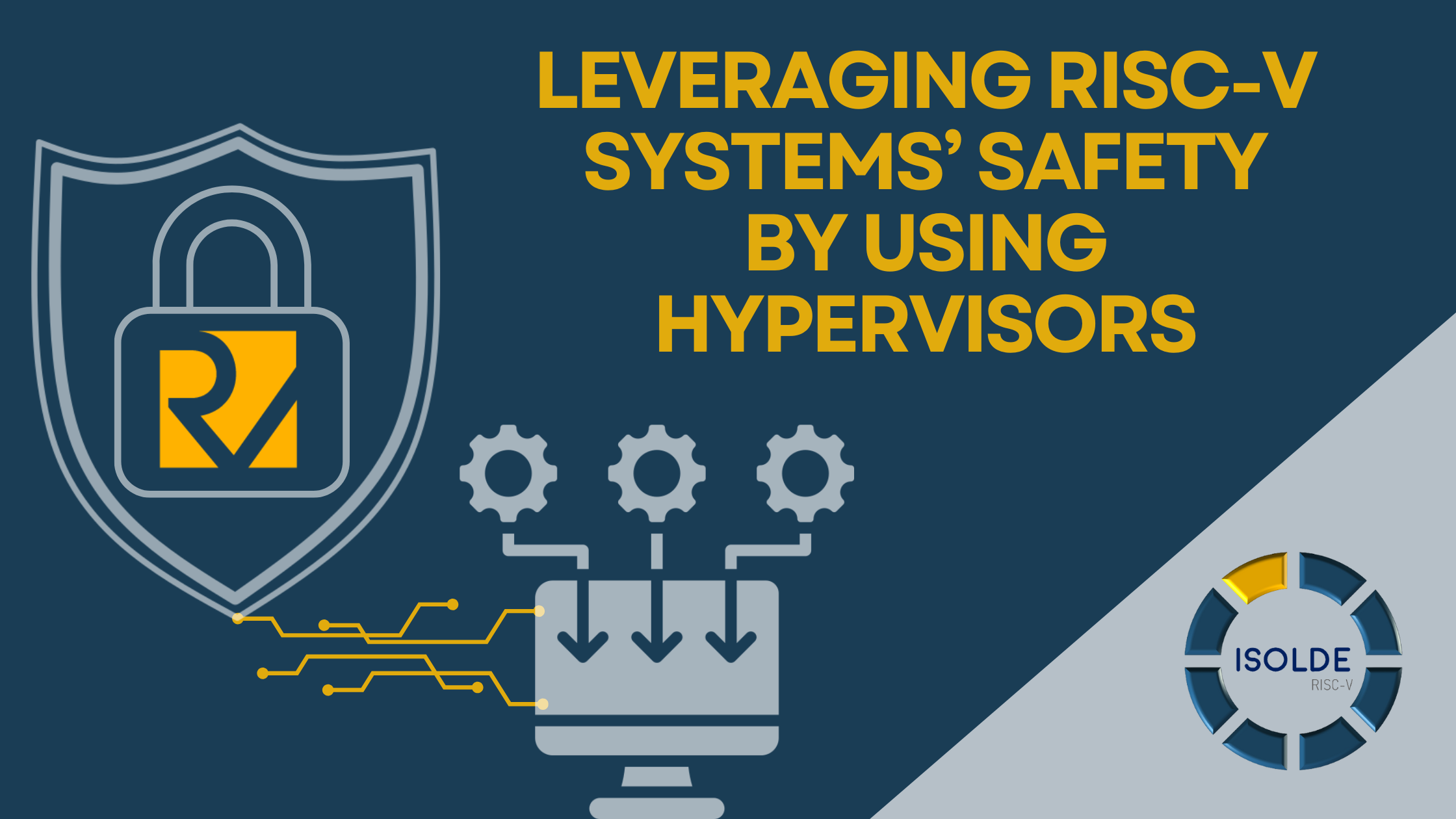
The ISOLDE project aims to develop a high performance RISC-V ecosystem to be able to compete with the existing alternatives of the market. For achieving this, advanced architectures, accelerators and IPs will be implemented together with a full SW stack which allows its use in a wide spectrum of applications. The different components that will be developed within the project will be integrated in major designs to be used in different applications sectors, such as automotive or space ones, which corresponds to safety-critical domains.
In those safety-critical domains the use of hypervisors, such as the XtratuM Next Generation (XNG) hypervisor developed by FENTISS, is widely extended as it enhances the safety of the systems by providing temporal and spatial isolation of safety mixed-critical applications. The XNG hypervisor is a Type I hypervisor qualified for space (ECSS level B) over different types of processors. It is inspired in well accepted standards such as ARINC 653, employed by highly criticality software, and allows running partitions based on a minimal runtime (XtratuM Runtime Environment or XRE), Real Time Operating Systems such as RTEMS, used by a majority of space missions, or General Purpose Operating Systems such as Linux.

As part of the work to be carried out in ISOLDE, FENTISS will adapt the XNG hypervisor to support the new RISC-V standards, as well as to integrate the developed safety and security related technology. FENTISS will adapt the XNG hypervisor to the CVA-6 processor core, and in addition support the new features introduced in the NOEL-V core. Moreover, FENTISS will collaborate on the project with different partners such as UPV and RAPITA, working together to integrate in XNG different validation tools developed by these partners. FENTISS will also collaborate inside the scope of the project with BSC, by supporting in the XNG hypervisor some safety-related IP cores such as the SafeSU and the SafeTI, developed by this organization.